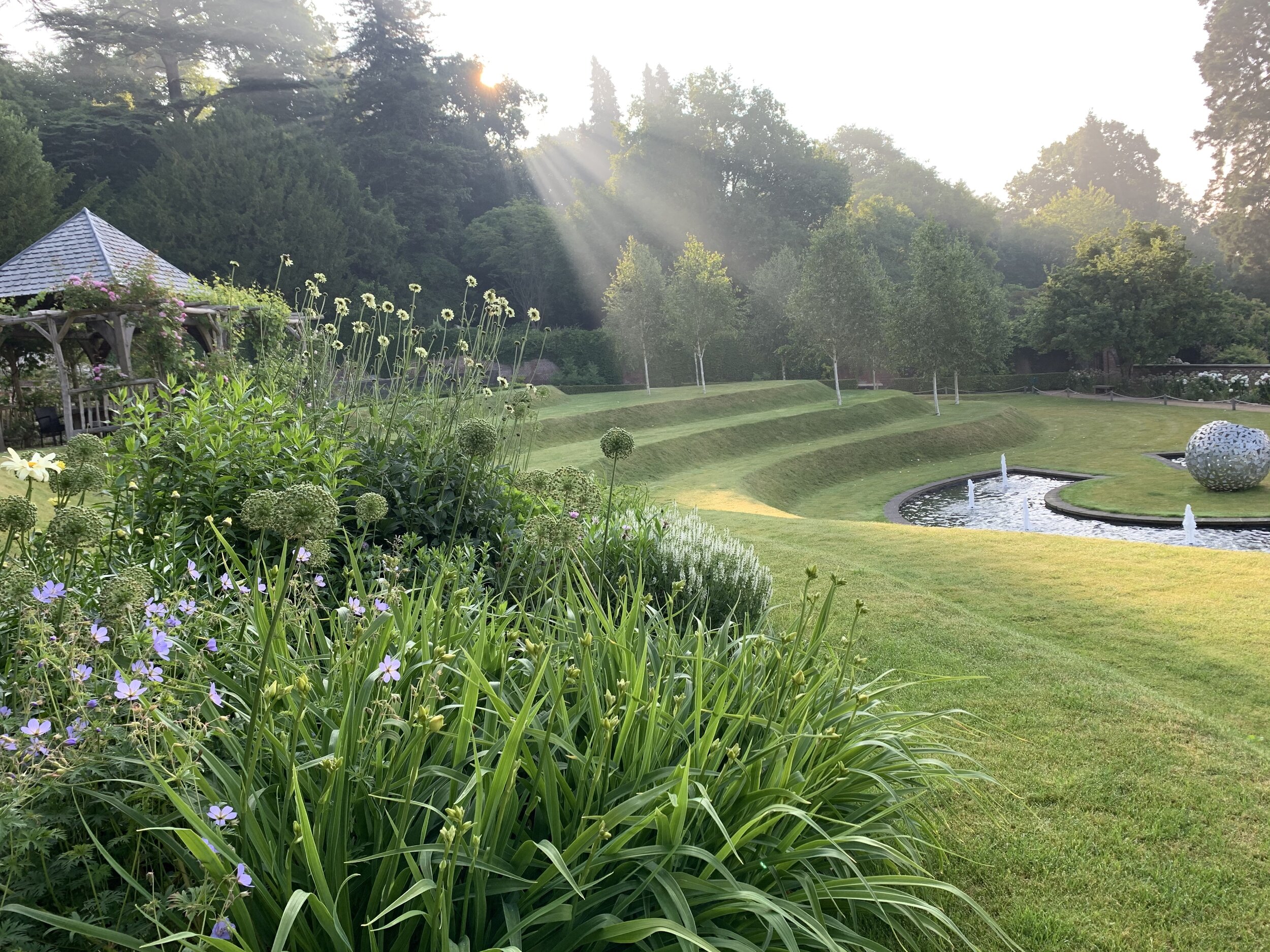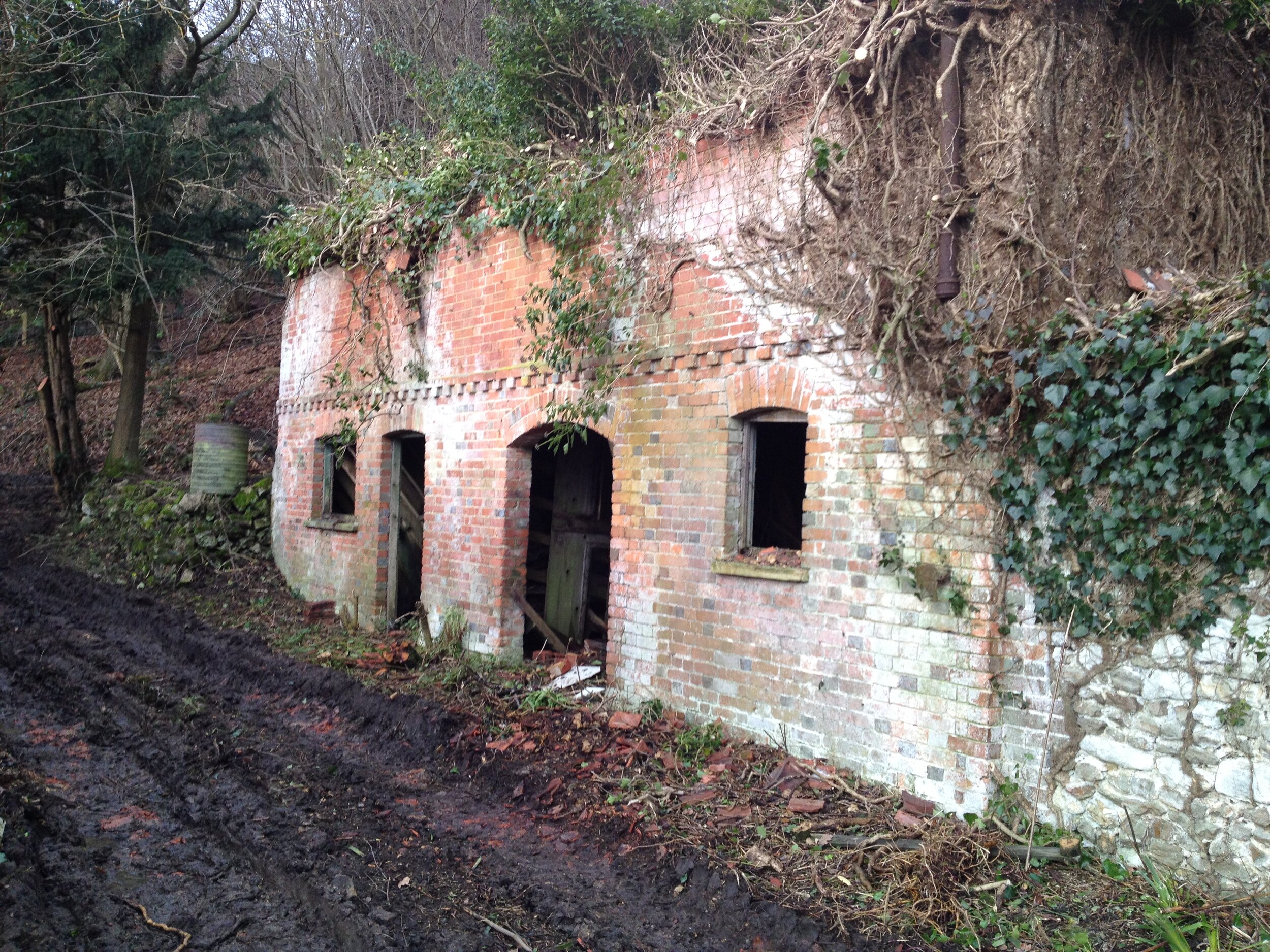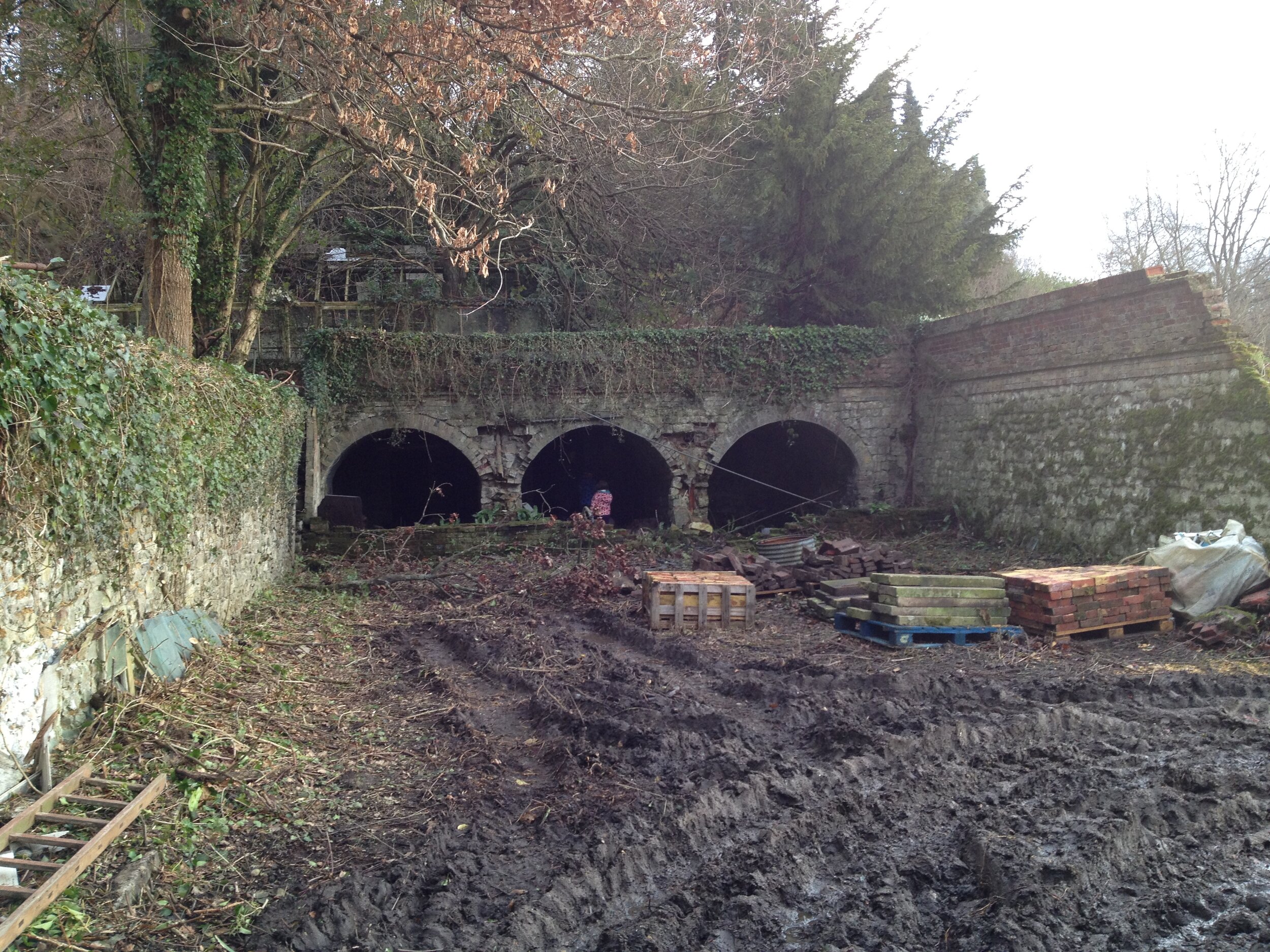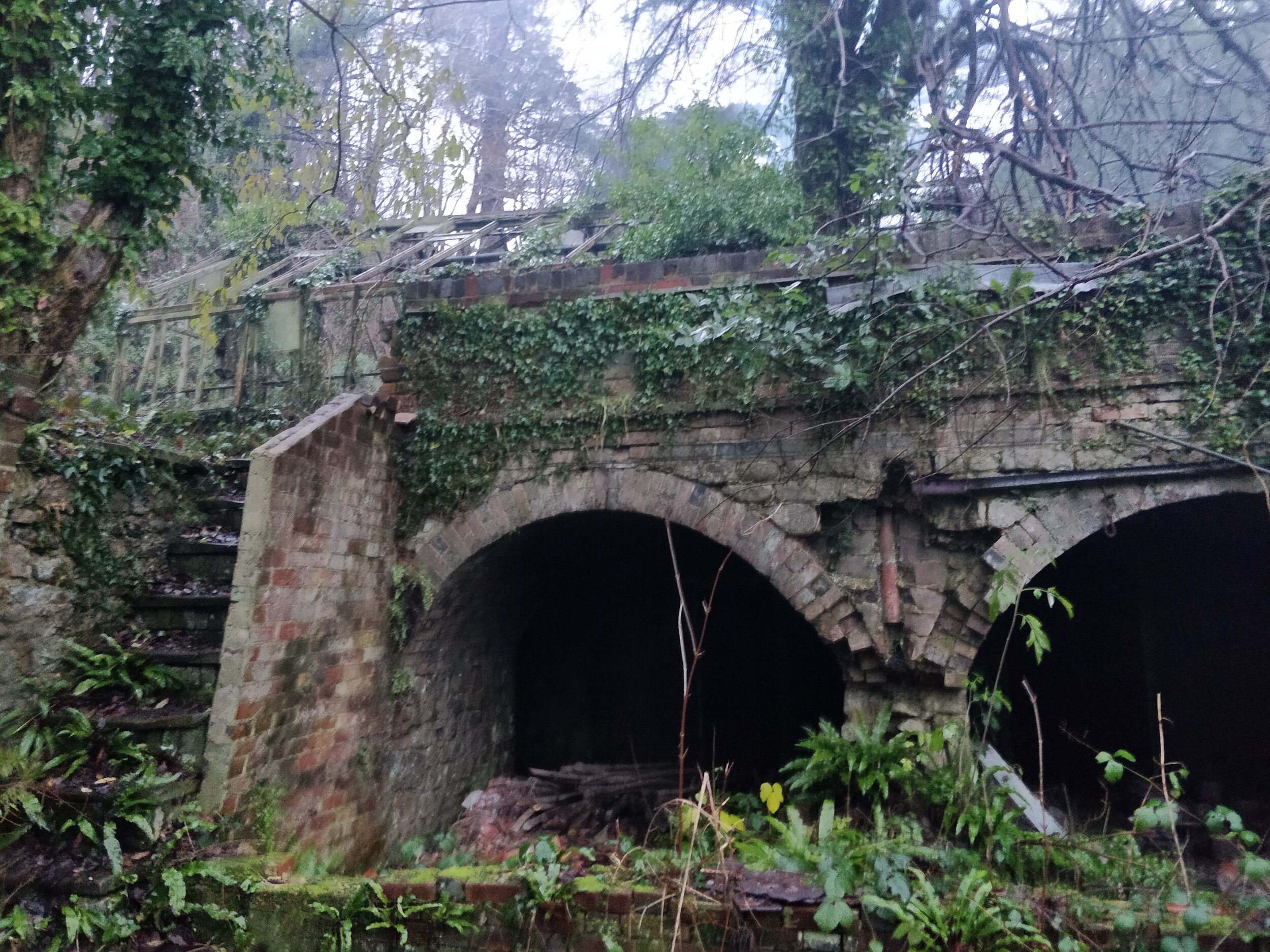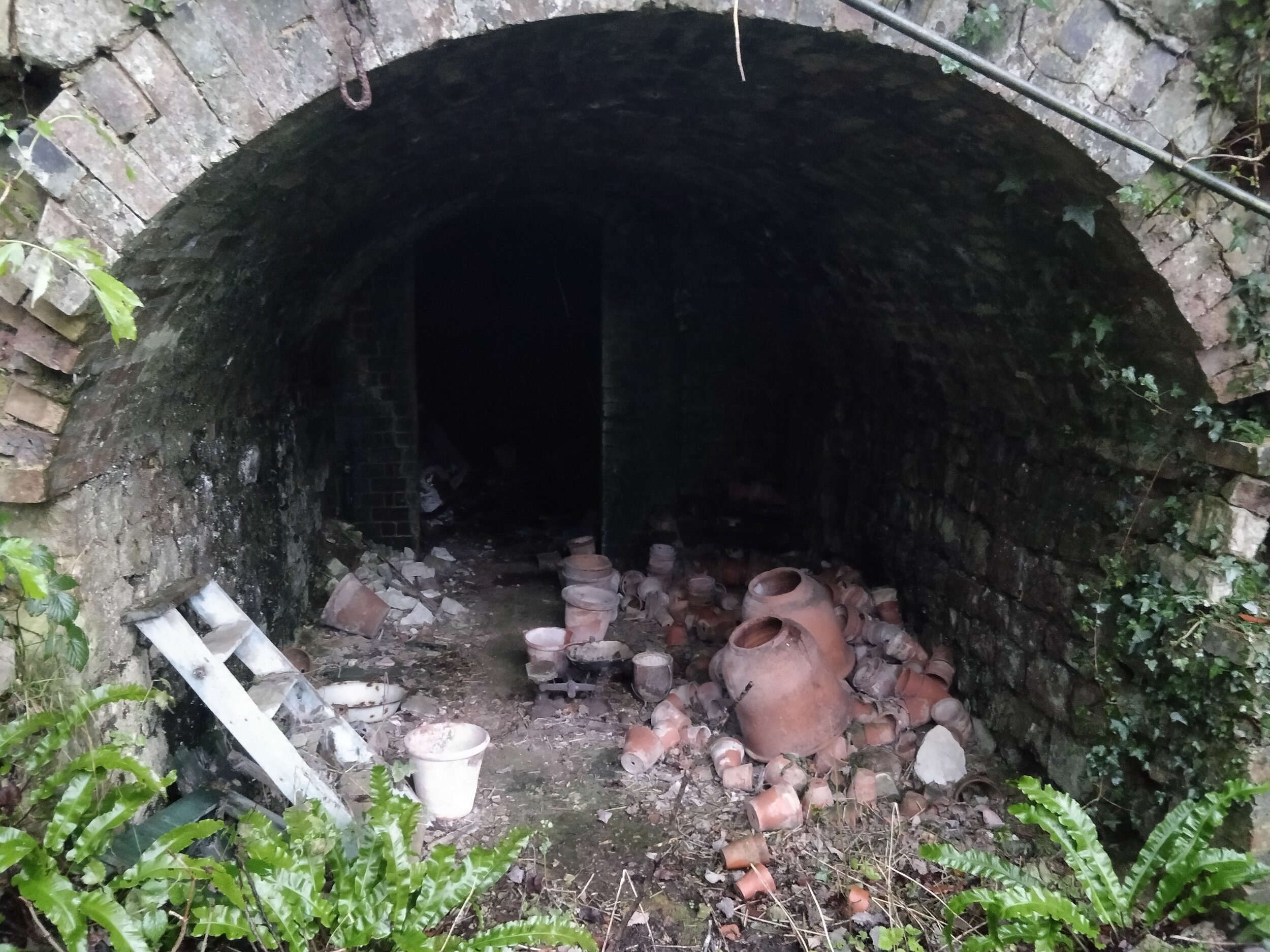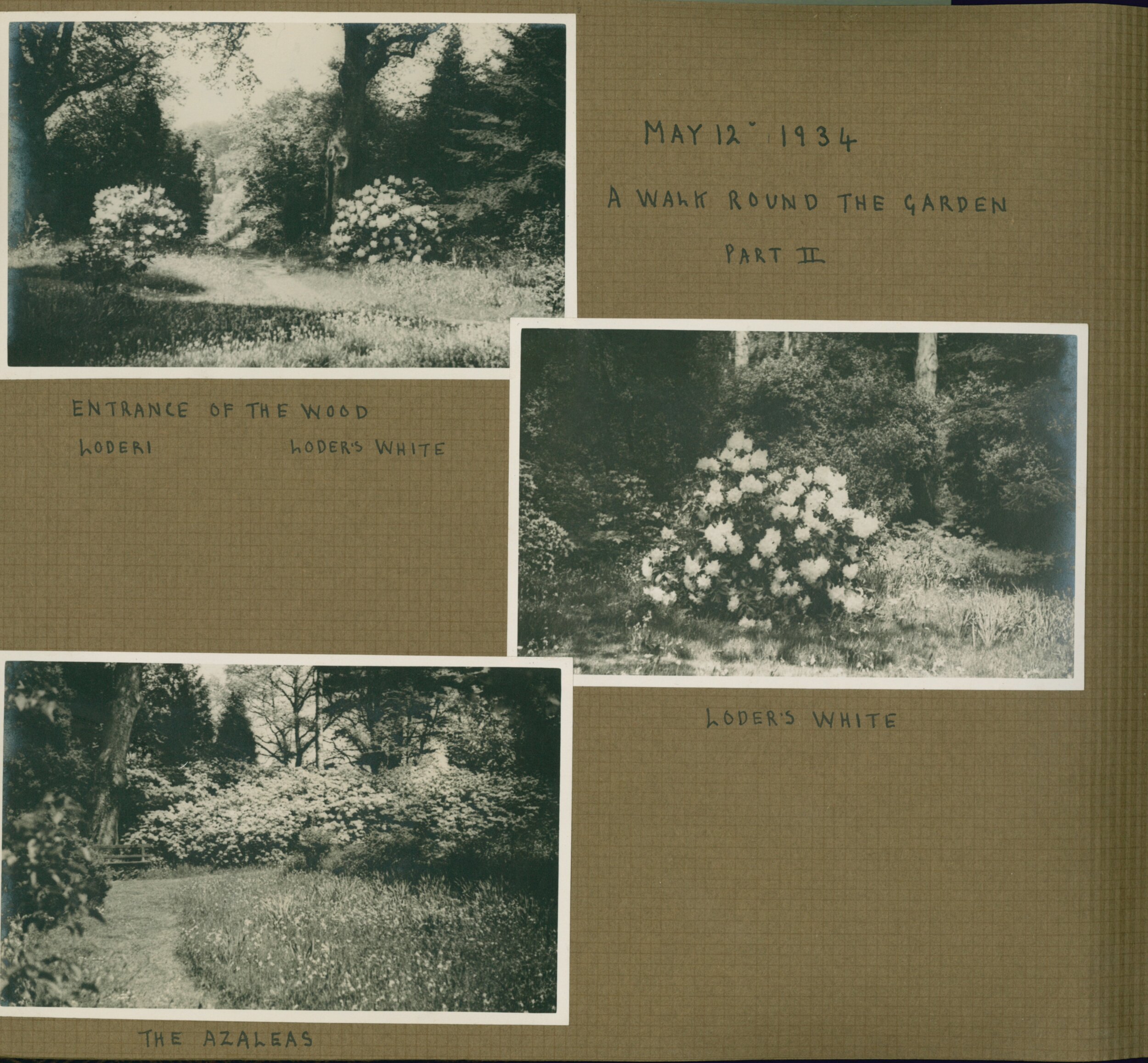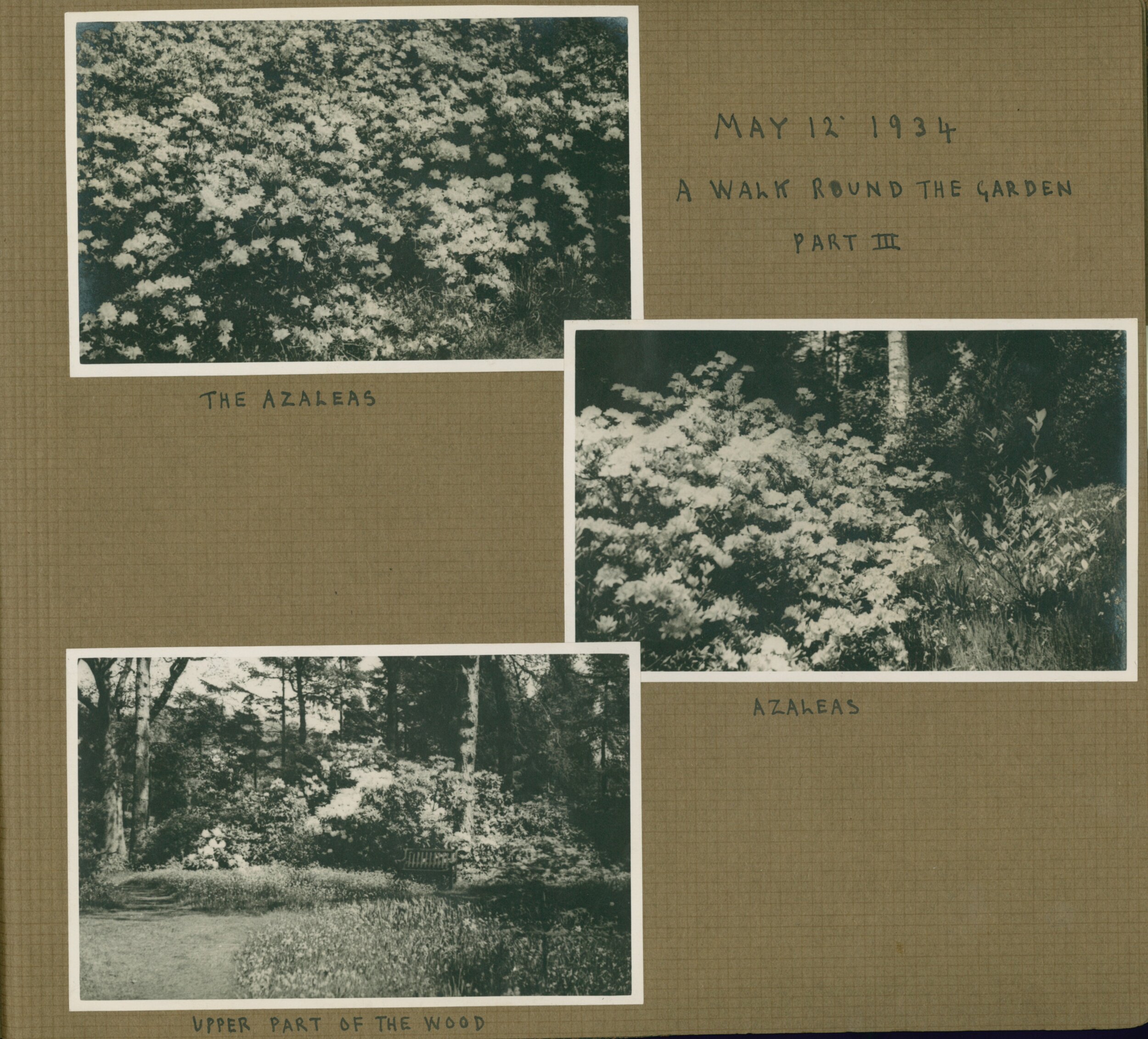Historic Houses Garden of the Year - VOTE NOW, TIME IS RUNNING OUT!
We were overjoyed to discover in March that we had been shortlisted for this year’s HH Garden of the Year Award (sponsored by Christie’s). This is Riverhill’s first time entering so to be one of only eight on the shortlist felt even more special.
Further adding to our excitement and sense of achievement is that we are up against some incredible Gardens, so we feel pretty chuffed to have made it this far to be honest.
The prize has an illustrious list of previous winners, including Mapperton house, Dorset in 2020 and Newby Hall in North Yorkshire in 2019.
Our fellow shortlisted Gardens are listed below, please feel free to visit them all but we would really appreciate it if you voted for us!!!
Doddington Place
Gordon Castle Walled Garden
Harewood House
High Beeches
Kelmarsh Hall
Lowther Castle
Penshurst Place
We are very proud to be a member of the Historic Houses. Their support has been invaluable, especially during the last 18 months, where they have provided member properties with first class advice on funding and the legalities of trying to operate through a pandemic.
The Garden of the Year prize started in 1984 in partnership with Christie’s Auction House as a way to raise publicity and awareness of member gardens. Any full member of Historic Houses may submit their garden for the award, which has two categories. From the entrants in that single application procedure the judges determine a shortlist for the main award, voted on by the public, and also make their own choice, with different criteria, for the secondary award.
For the main Garden of the Year Award, the judges look to assemble a shortlist of some of the UK’s finest gardens that are open to the public. This is the shortlist that goes to a public vote. They are looking in particular for the following types of Gardens. :
Gardens that have changed under its current owners, particularly those that retain their period features but augment these with new additions.
Gardens where the owners take a personal interest.
We felt that we were in the position to be a strong contender for consideration due to the huge restoration projects that we have undertaken over the past 11 years and the massive input into the Gardens by both Ed and Sarah. All profits from opening the gardens to the public, along with significant additional private investment, have been ploughed directly back into the maintenance and restoration.
Riverhill from the air, 1934
Ed, Sarah & Troy Rogers in the Walled Garden, 2019
Ahead of the announcement I have tried to think of some questions for Ed and Sarah that I hope you might find enlightening and interesting, providing further insight into life at Riverhill:
Q: Why did you decide to apply this year?
We hadn’t felt brave enough before as we felt there was ‘so much more to do’. However, we were persuaded by visitors, who reminded us that a garden will never be ‘finished’ and that it’s important to celebrate the journey and the tremendous achievements of the garden team over the last 11 years.
Q: Of all the changes to the Gardens you have made which is your favourite and why?
Tricky to choose but we think it must be The Walled Garden. Geographically it is at the heart of the garden, and we feel the bold contemporary design coupled with traditional produce within historic walls sets the tone for the rest of the garden. As previous generations have made significant changes and additions to the gardens, the scope of this project enabled us to add ours.

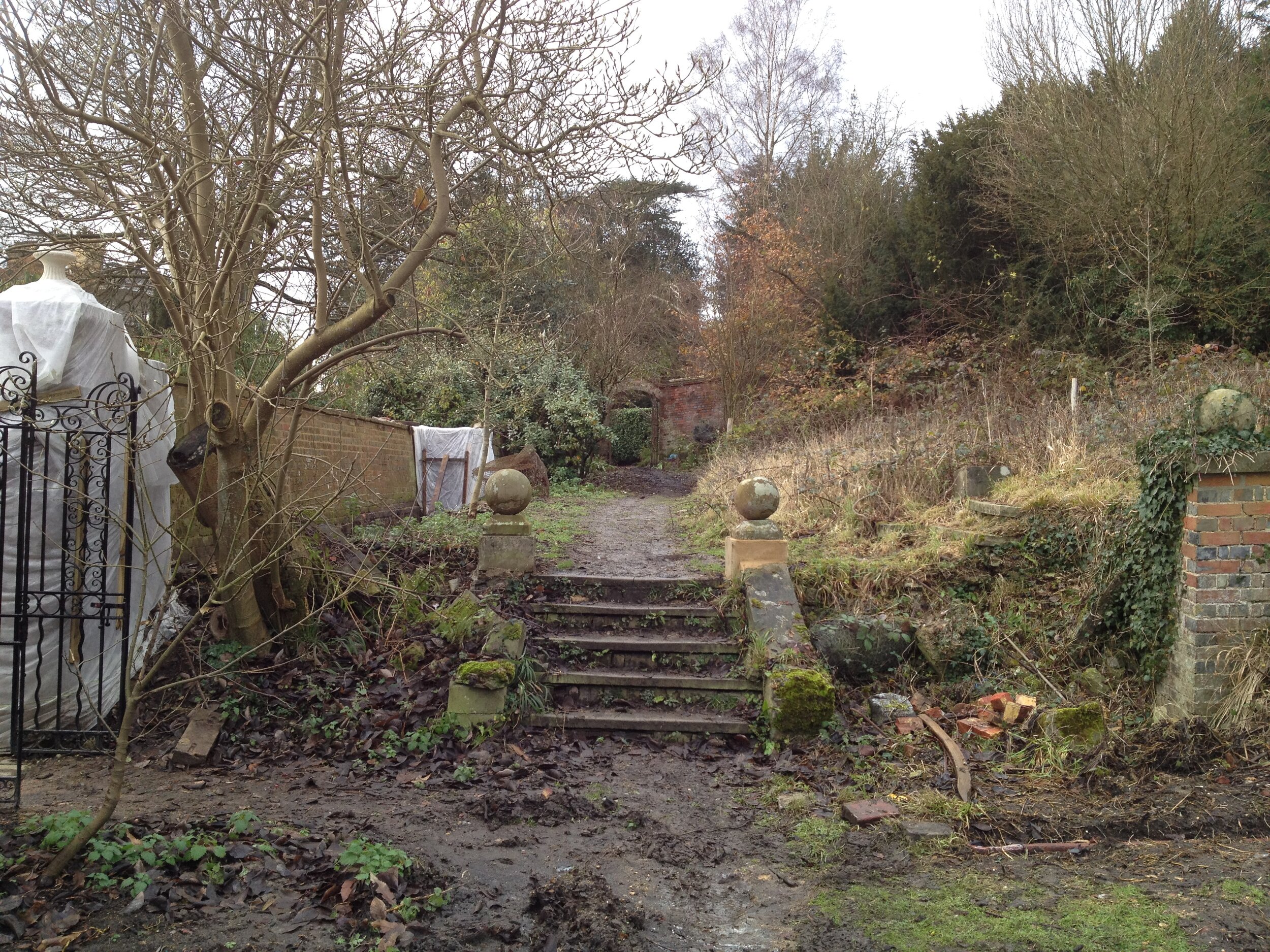

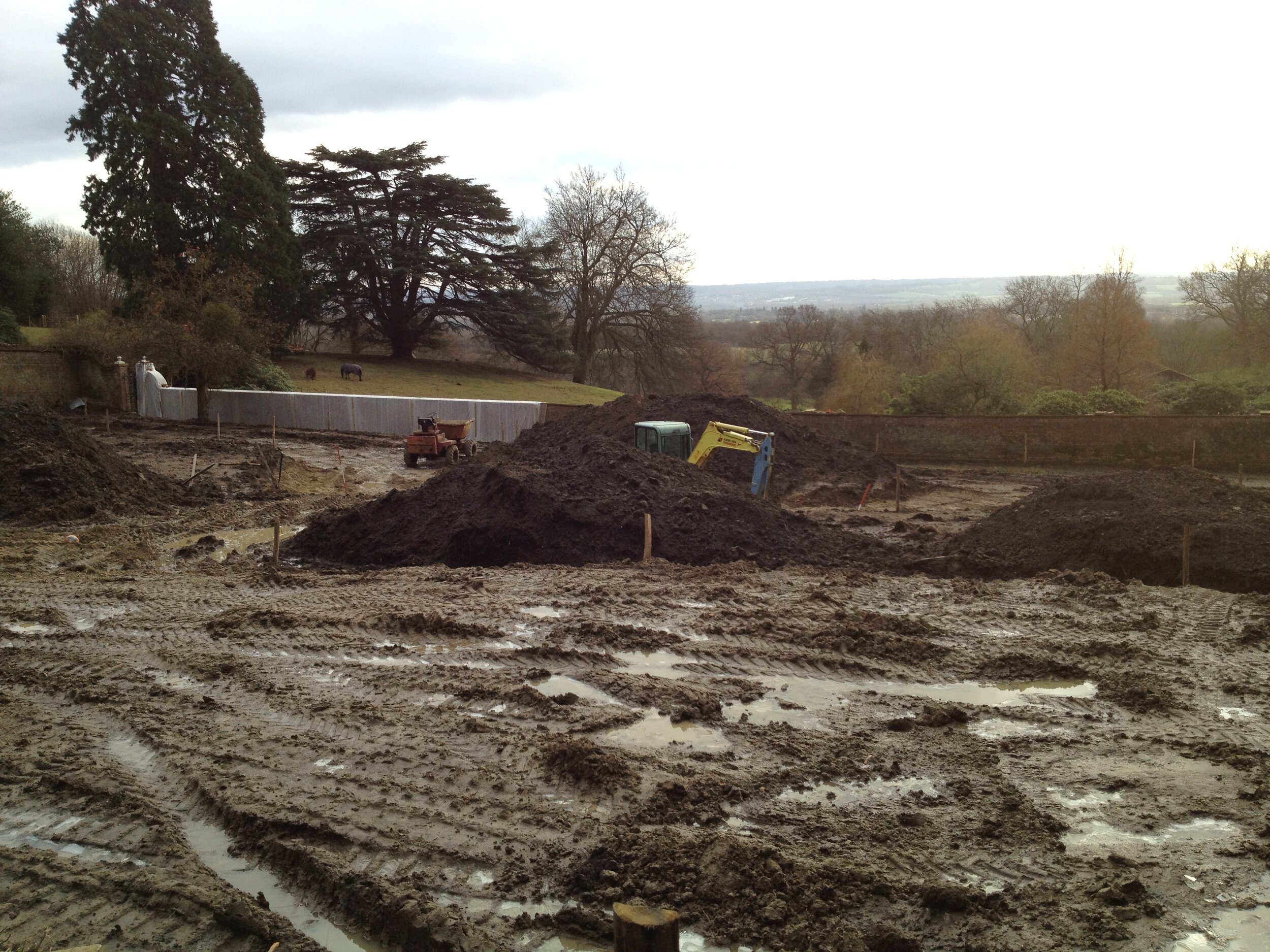

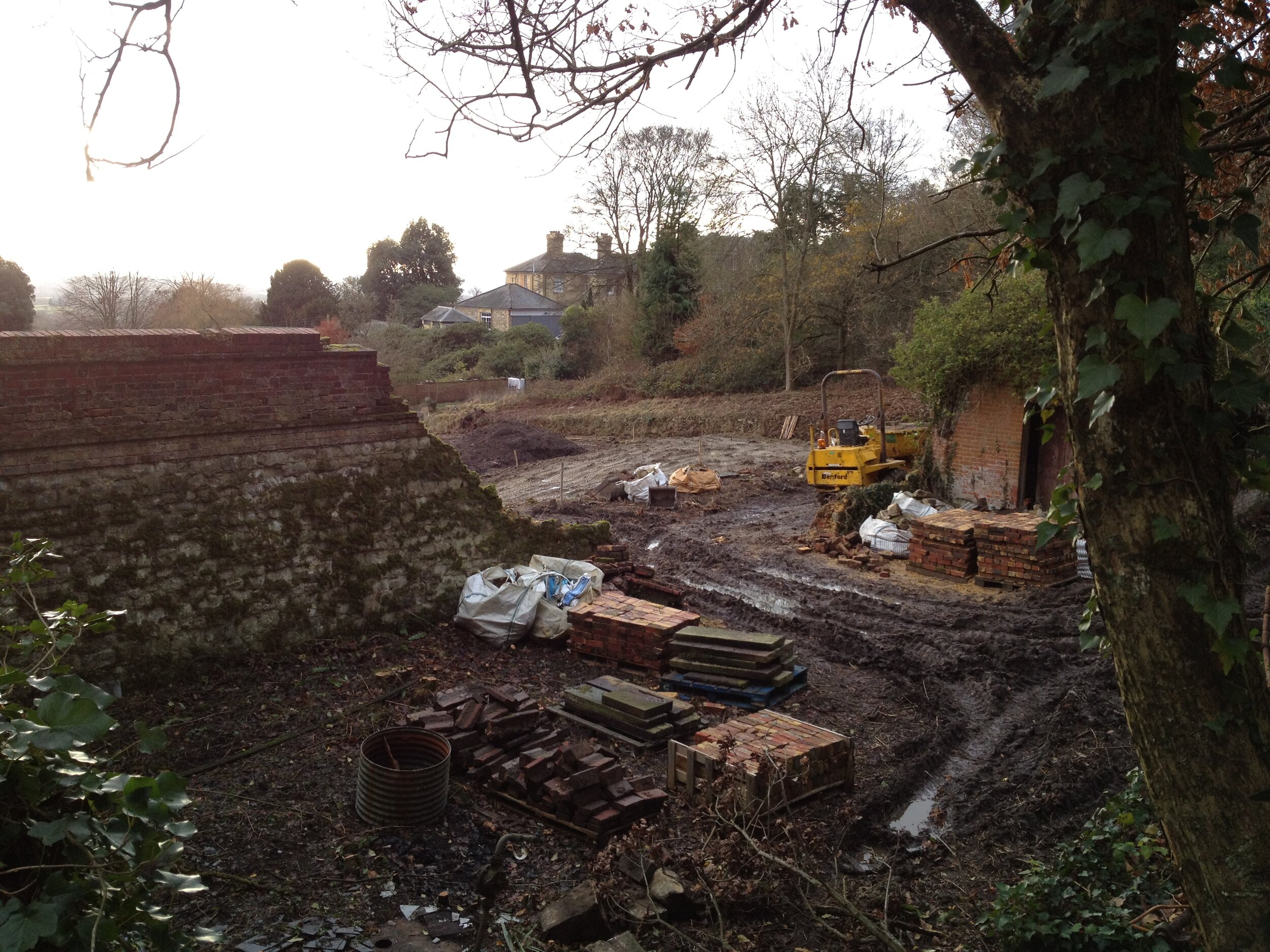
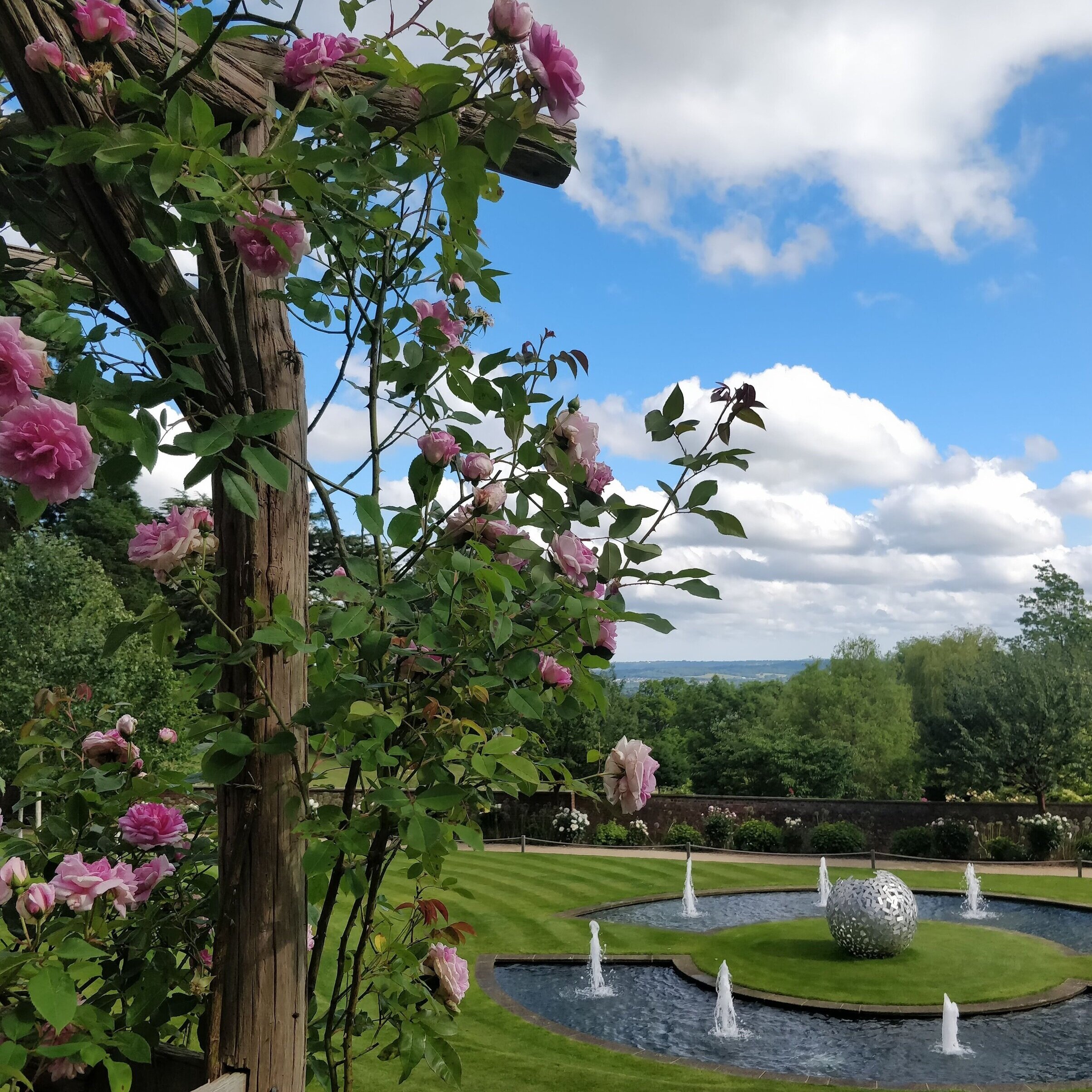
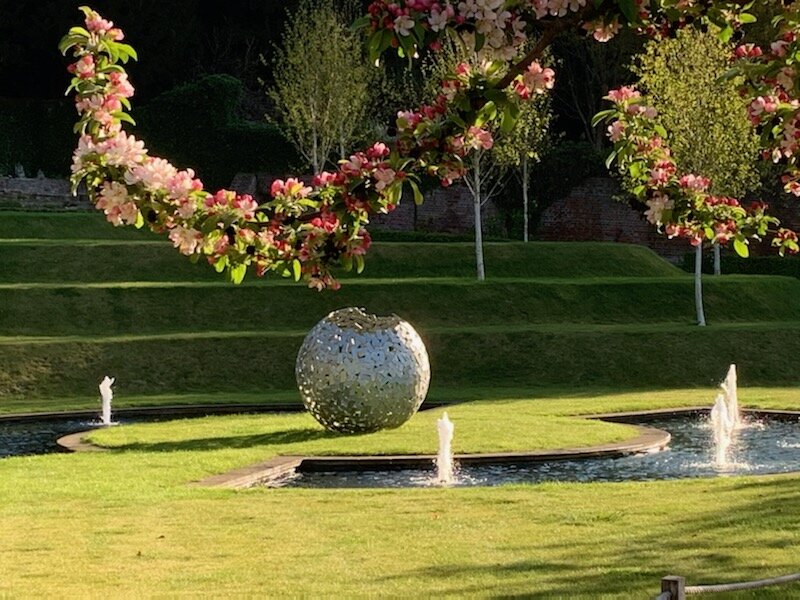
Q: Can you tell us more about the original planting plans and diaries you worked from?
John Rogers bought Riverhill in 1840 and started planting almost immediately. We have records of planting by him and subsequent generations. The records include family diaries which tell us more about how the garden and estate evolved through time.
A page from the original planting diaries, showing the Walled Garden
Q: How long have we been HH members and why did you decide to join?
Ed’s grandmother Evelyn Rogers joined what was then known as the HHA when she first opened the gardens in the early 1980s and went on to be chairman of South East (I think!). We imagine this was a support network - a way of connecting with other owners with properties who might be able to advise on very specific issues particular to large crumbling properties with very little income! The HH enables the owners of private properties to raise concerns collectively and lobby government for policy changes and assistance.
Q: The Rock Garden had lain lost for many years until you restored it in 2019. Are there any other areas of the gardens that you know of that are still to be unearthed?
The wonderful Rock Garden you see today is actually only part of the original garden which used to stretch along the hillside. It would be wonderful to uncover the remainder.
There is also the western section of the Walled Garden, and of course all the wonderful glasshouses, and productive sheds behind the Walled Garden – a veritable treasure trove of horticultural history! Although we have restored the lower terrace wall to provide an impressive backdrop to the old tennis court lawn, there is a further terrace in the foreground of the house which needs to be restored.
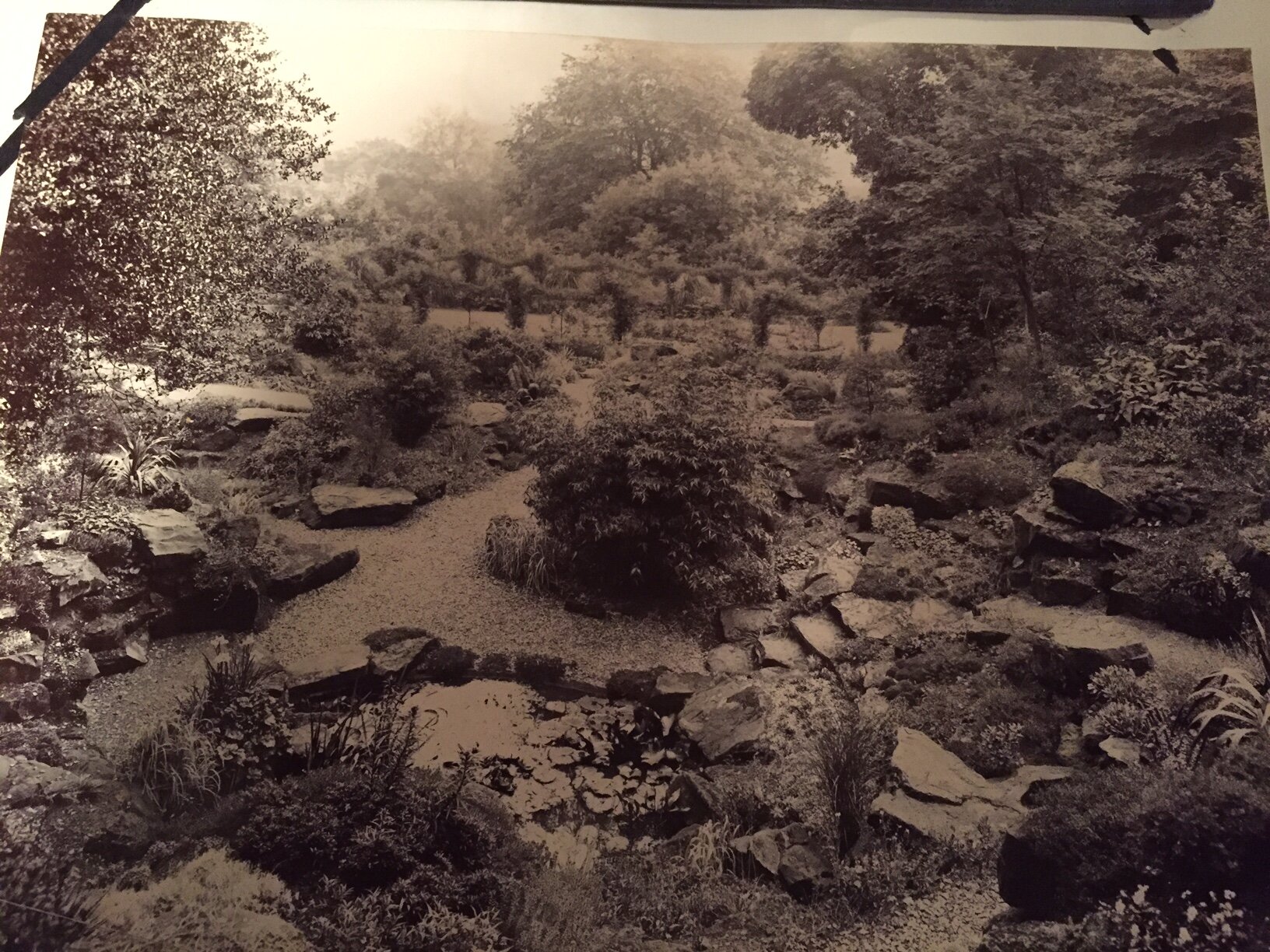




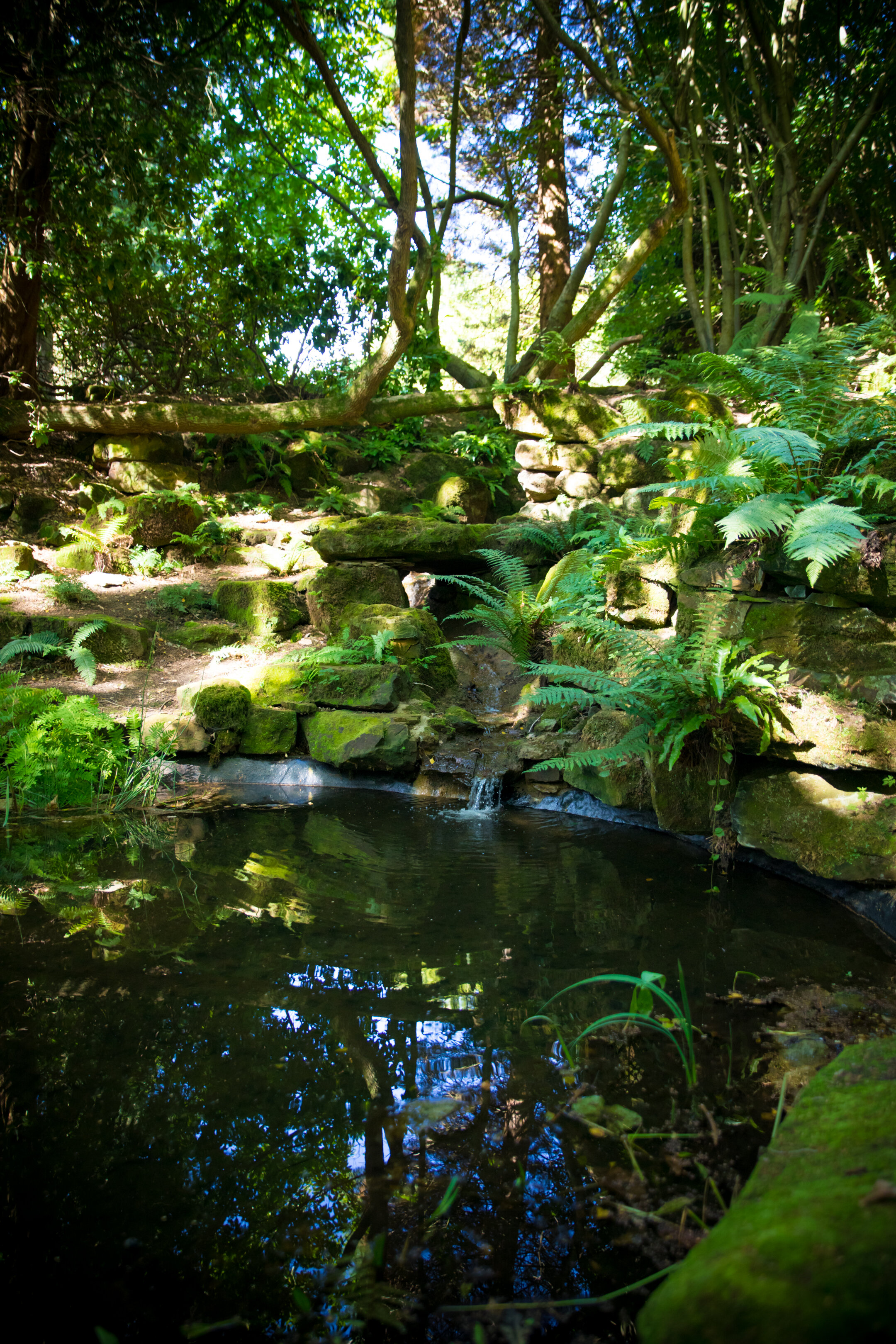
Q: What do you think the first John Rogers would think of modern day Riverhill?
We would like to think that he would be proud both that some of his original plantings of Trees, Rhododendrons and Azaleas are still thriving and that his early vision of creating a fabulous garden 170 years ago had been continued by 6 subsequent generations. Strangely, he wouldn’t have known the original Rock Garden (created in 1907) with its alpine planting, or the Wood Garden as we know it because this was also developed much later.
The Walled Garden would be most surprising to him. In terms of land use, this area would have changed the most, as it used to be completely covered by vegetables, so he might be surprised to see mown terraces and frothy fountains and contemporary sculpture! I would feel nervous about showing him the derelict glasshouses – he might have a thing or two to say about those. Would it sound a lame excuse to say that this didn’t happen under our watch and that we are trying so hard to sort it out?
A fascinating image of how the Walled Garden would have looked, complete with glass houses.
Q: Obviously Riverhill is steeped in history and legacy, how do you strike the balance between progress and modernisation whilst staying true to the original vision for Riverhill?
The ‘original vision’ was to create a garden which was necessarily productive for the house and estate and also as a place to ‘collect’ and ‘showcase’ the plants discovered from the Far East. The garden then grew organically along the hillside with subsequent generations. There wasn’t an original ‘master plan’. As a family house and a family garden, we feel that it is authentic that the garden continues to reflect the passions and requirements of each generation. Clearly, as time passes, provision also needs to be made to maintain/restore the work of earlier generations as well, and this becomes ever more expensive. Also, each generation’s ideas need to be sympathetic to the existing garden. When putting one’s own ‘stamp’ on the garden, we are also mindful that we don’t want our work to be a maintenance burden in the future. For the garden to survive another 180 years, it both needs to support itself financially and crucially it needs to be loved and valued by future generations. Just like previous generations, we continue to make decisions about planting and design based on our personal preferences. Sometimes these are liked by the older generations and sometimes they aren’t! This is easier to cope with when we are making the decisions. I wonder how I will cope when I need to relinquish the reins!
Q: What is next for Riverhill?
The regeneration of The Wood Garden is next on our restoration list. This area, planted by Ed’s Great grandfather 100 years ago, is home to many of our species rhododendron and azaleas.
Although the collection looks very healthy it needs a big ‘sort out’ and we now want to focus on the spacings, underplanting and opening up views across the Weald so that this becomes an even more memorable part of the garden to visit. This project will also include the planting up of the areas between the Wood Garden and the maze, to include more lovely shady glades for picnicing!
The Wood Garden as it is today.
It is also really important that we propagate some of the precious plants in the collection and for this we will need specialist help.
Furthermore, as we make plans to work in tandem with our café partners, we want to support them in their vision to become as sustainable as possible, including food from our kitchen garden in their menu and trying to garden as regeneratively as possible. Exciting times ahead!
VOTING CLOSES ON THE 30th OF SEPTEMBER – We need your help! Please vote NOW, it only takes 2 minutes and it would be so exciting if we won!


